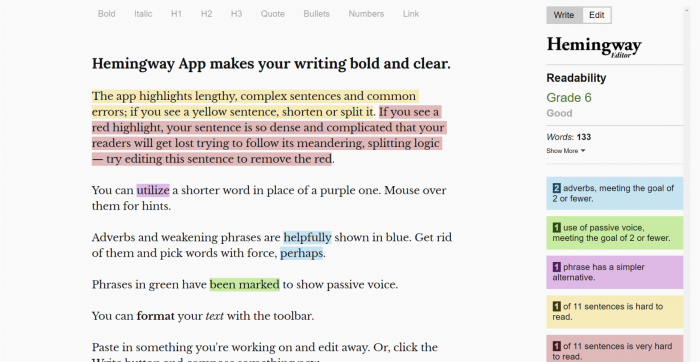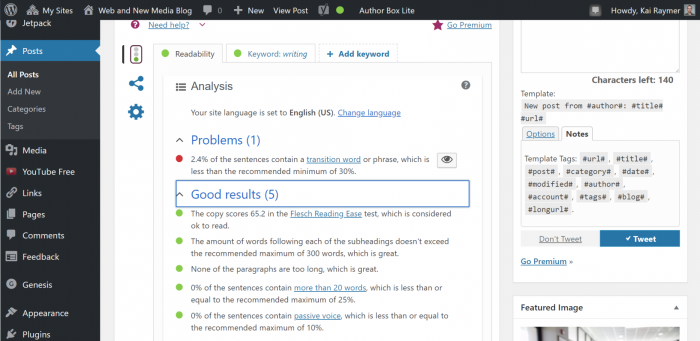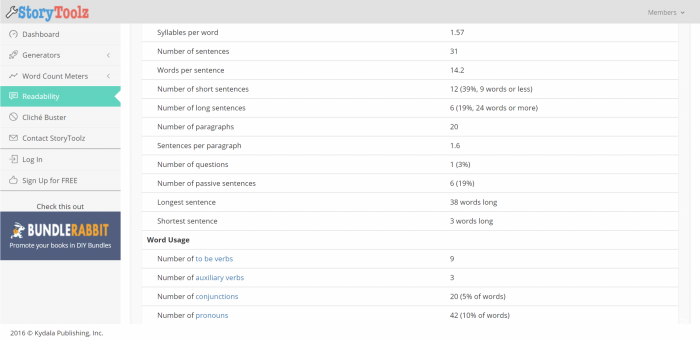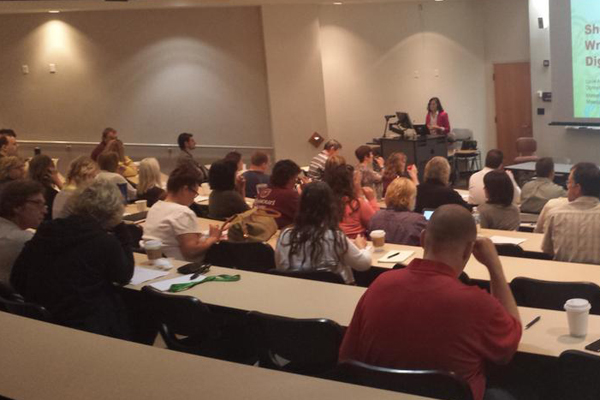Strong headlines are vital. They’re the billboards for your content.
Consider the classic 80-20 rule. For every 10 people who find your headline, eight will read the headline but only two will read the content.
Strong headlines entice your audience to keep reading.
You write headlines for many things: websites, articles and blogs, emails, social media and more.
Here are three basic tips for headline writing.
Know your audience, purpose and platform
Who are you writing for? What’s important to them? Why would your content interest them? Nick Usborne asks these questions, and others, as a starting basis in his Udemy course for headline writing.
If you know these answers, it’s easier to connect your audience with your content.
Audience/purpose: Your audience wants to know what’s in it for them. What will they get from reading your content?
Quality headlines suggest a benefit or gain.
Take the title of this blog post, for example. A very small time commitment (reading three simple tips) for a valuable outcome (improving your headlines).
Platform: Adjust your tone and style for the platform. Writing for alumni on Facebook is different than writing for current students on Twitter or Instagram.
Give direction or request action, but be brief
Guide your audience.
When we write headlines for the university homepage, we’re trying to get you to do something. We aren’t just making announcements or posting news releases.

These headlines typically begin with a verb or one of the five Ws: who, what, when, where and why, along with how. We want to give you an action to take, or help you learn about something.
Favor brevity and know your platform. Verbs are your friend. Long headlines with complex words are not.
Practice, practice, practice
Your first version of a headline won’t be your best headline. Try again. And again. And then maybe a few more times.
Upworthy writes 25 versions of a headline for each article. Try it.
Short on time? Even if you only write a dozen potential options, you’ll come up with a more effective headline than that first version.
In summary
There are many more tips for good headline writing not mentioned here.
Google “Tips for better headline writing” and you’ll have an endless amount of insight.
But these three tips should give you a start for improving your headlines.









